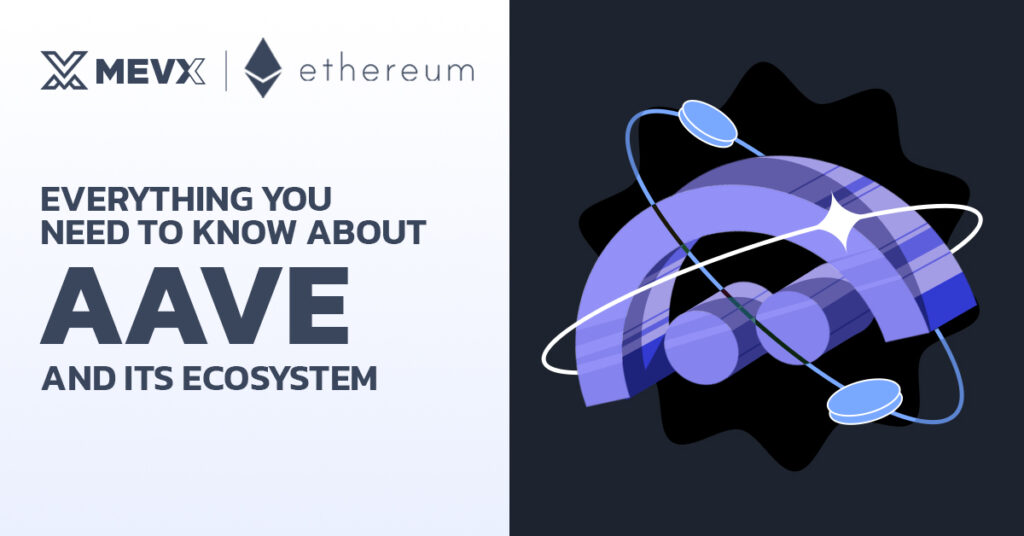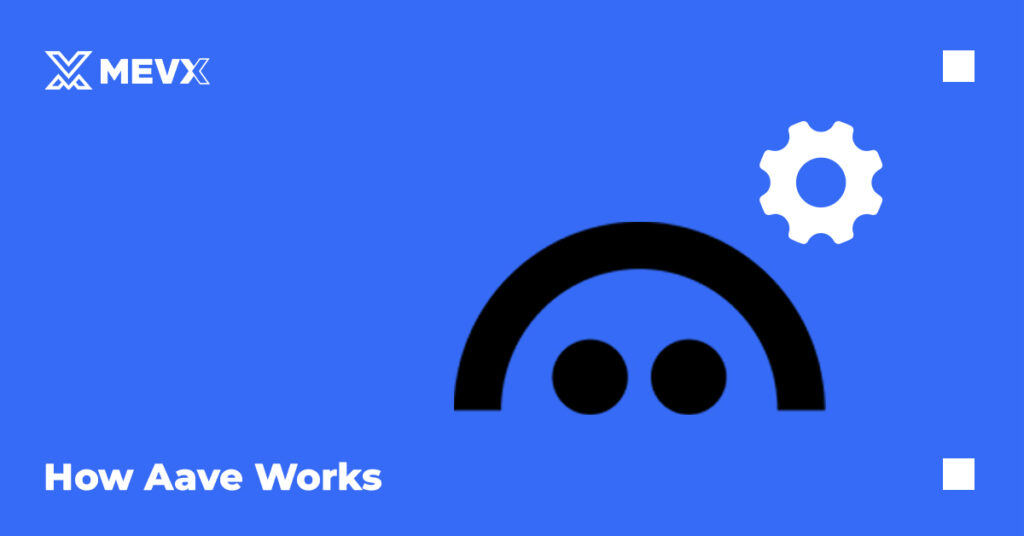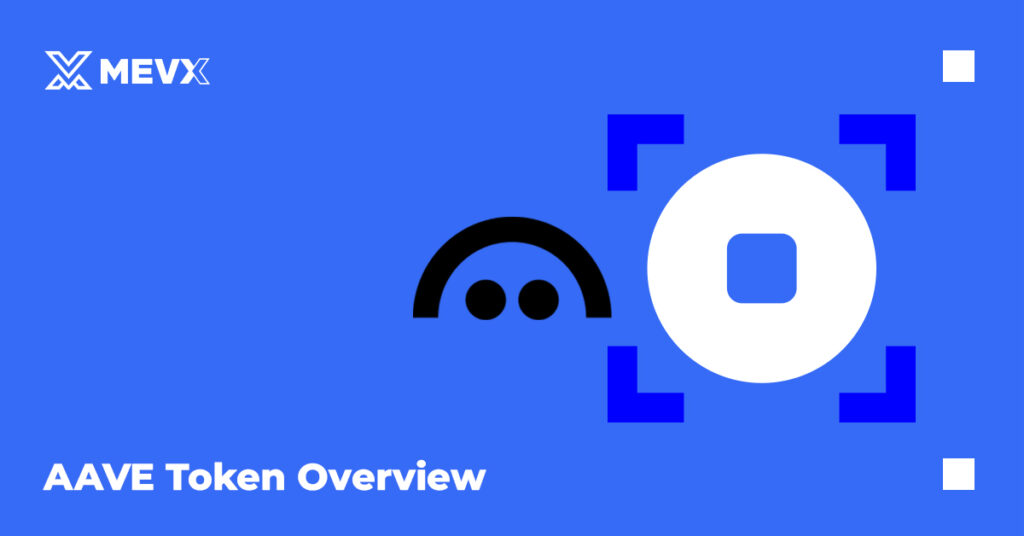Decentralized Finance (DeFi) has revolutionized access to financial services for end-users, and it has made cross-border access to returns, borrowing, and lending without intermediaries possible. As one of the original players in DeFi, Aave has been one of the most utilized and largest decentralized lending protocols to date. Supporting billions in Total Value Locked (TVL), Aave makes it possible for end-users to lend and borrow an enormous number of crypto assets in an efficient, transparent, and secure manner.

This post offers an in-depth analysis of what Aave is, how it operates, its features, its ecosystem, its tokenomics, and future plan.
What is AAVE?
Aave is an open-source, decentralized lending protocol on which anyone can lend and borrow digital coins such as ETH, WBTC, USDT, and thousands of others using liquidity pools. It was initially run on Ethereum, but after that, it also appeared on Avalanche, Arbitrum, Optimism, Base, Polygon, and other blockchain systems.
In depositing assets into Aave’s liquidity pools, lenders receive interest, and in locking up crypto as security, borrowers can borrow supported coins in exchange. The overcollateralized model used by Aave ensures both stability and security of the protocol as well as safeguarding for lenders.
How Does Aave Work?

Lending
- Users deposit supported crypto assets into liquidity pools and receive aTokens (e.g., depositing ETH and receiving aETH).
- aTokens automatically accrue interest over time based on market conditions.
- To ensure liquidity, Aave also leverages pools on Balancer and Uniswap, enabling lenders to withdraw funds at any time.
Borrowing
- Borrowers put collateral into Aave and in return receive aTokens representing their position.
- Loans are over-collateralized: one must deposit collateral worth 50–75% more than one must borrow.
- Once collateral drops below this safety level, it gets automatically sold to cover the loss.
Advanced Features in Aave V3
- Efficiency Mode (eMode): Implements optimal borrowing capability under circumstances whereby collateral and borrowed assets have a strong correlation (i.e., stablecoins).
- Isolation Mode: Reserved for new listings or higher-risk assets. Isolated pools restrict exposure through limiting borrowables as well as setting limits on debts.
Flash Loans
- Exclusive to Aave, Flash Loans enable one to take out assets in an instant without security, as long as there is repayment in the same transaction.
- In default of repayment, the contract reverts, protecting providers of liquidity.
- Common use cases: arbitrage, refinancing, and liquidation strategies.
- Flash Loans charge a 0.09% fee.
Rate Switching
- Borrowers have access to variable and stable (fixed) interest rates.
- Fixed rates offer stability, whereas variable rates are lower in the short run.
- In rare instances, fixed rates can also be adjusted if they move too far outside market rates.
Credit Delegation (CD)
- Lenders can delegate their credit lines to trusted borrowers via legal agreements (e.g., OpenLaw).
- Delegators earn extra yield on top of standard lending interest.
- Designed to open DeFi liquidity to institutions and partners.
Portal
- A V3 cross-chain liquidity feature enabling asset transfer across chains in an effortless manner.
- Consists of bridges such as Connext and Hop Protocol, through which users can offer/borrow assets in one blockchain and have access to those in another.
Key Features
- Dashboard: Showcases user addresses (supplied/borrowed) on several chains.
- Markets: Displays all enabled assets and their lending and borrowing APYs and highlights assets in eMode or Isolation Mode.
- Staking (Safety Module): Users can stake AAVE to receive stkAAVE to lock and secure the protocol. 30% of staked coins can be penalised in case of occurrence of deficit, and stakers receive Safety Incentives (~550 stkAAVE/day).
- Governance: The token holders of AAVE can vote and suggest protocol updates, parameters, and asset listings. The possibility of cross-chain governance is being investigated through Chainlink CCIP.
Ecosystem Highlights
Stablecoin GHO
- Overcollateralized decentralized stablecoin, denominated in USD.
- GHOs are made by transferring collaterals to Aave.
- Peg mechanism relies on arbitrage:
- If GHO > $1: Mint at $1, sell above peg → supply increases, price drops.
- If GHO < $1: Buy below peg, burn at $1 → supply decreases, price rises.
Aavegotchi
- A Tamagotchi-influenced metaverse game developed through NFT + DeFi mechanisms.
- Native token: GHST, used to purchase in-game items, stake, and govern in Aavegotchi.
AAVE Token Overview

- Name: Aave Token (AAVE)
- Standard: ERC-20, BEP-20
- Networks: Ethereum, BNB Chain, Optimism, Avalanche
- Total Supply: 16,000,000 AAVE
- Circulating Supply: ~14,547,682 AAVE
- Utilities:
- Fee discounts when using AAVE.
- Staking into the Safety Module for rewards and protocol security.
- Governance participation (voting, proposals).
Where to trade AAVE: Binance, Coinbase, OKX, HTX, Uniswap, Balancer, SushiSwap.
Where to store AAVE: Non-custodial wallets like MetaMask, Trust Wallet, or exchange wallets for active traders.
Ecosystem Partners & Backers
- Investors: Raised $32.5M from firms like Blockchain Capital, ParaFi Capital, Framework Ventures.
- Partners:
- Blockchains: Arbitrum, Optimism, Base
- DEXs: Uniswap, Curve
- LSD protocols: Lido, Rocket Pool
- RWA integration: Centrifuge
- Infrastructure: Chainlink
Aave V4: What’s Coming Next?
Aave V4, coming next, would seek to maximize capital efficiency, user experience, and stablecoin GHO design.
Key proposals include:
- Smart Accounts: Open and operate multiple positions without opening multiple wallets.
- Unified Liquidity Layer: Cross-market/chain shared liquidity results in lower interest on borrowing and optimal risk management.
- Base Rate Mechanism: Keeps interest rates stable until utilization crosses thresholds to reduce volatility.
- RWA Integration & Cross-chain Lending: Additional exploration of cross-chain liquidity and multi-chain and real-world assets.
GHO’s soft liquidation proposal was likened to Curve’s crvUSD model, and this made it contentious. Currently, Aave V4 remains contentious in the community before it can be implemented.
Conclusion
Aave has been one of the most innovative and durable DeFi lending protocols, upgrading indefinitely through versions (V2, to V3, and the future V4), introducing products such as GHO, and targeting multi-chain and RWA markets.
Through products such as Flash Loans, eMode, Isolation Mode, and Portal, Aave equips consumers with advanced lending and borrowing capabilities. If Aave V4’s common liquidity and intelligent account capabilities prove to be a success, Aave would further solidify market leadership in DeFi, closing the gap between traditional finance and crypto-native liquidity.
Read more Ethereum articles on the MevX Blog now!
Share on Social Media:
